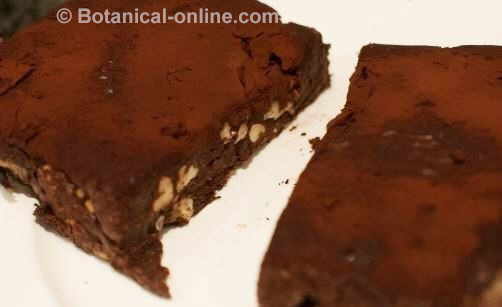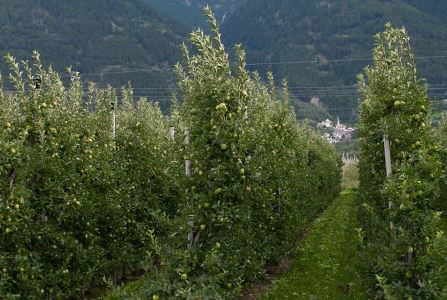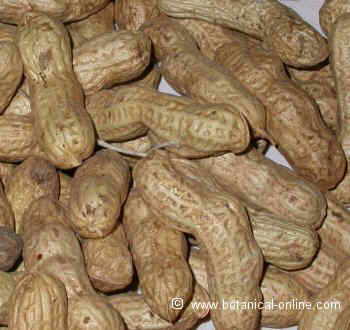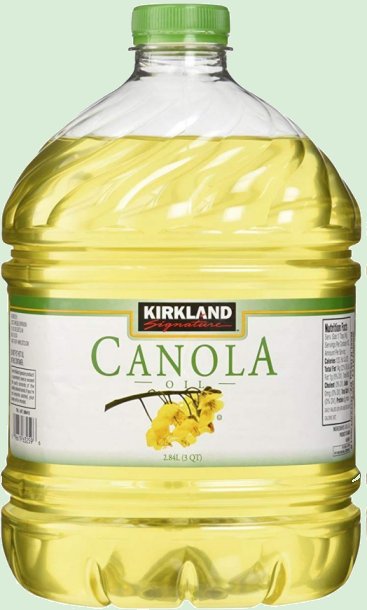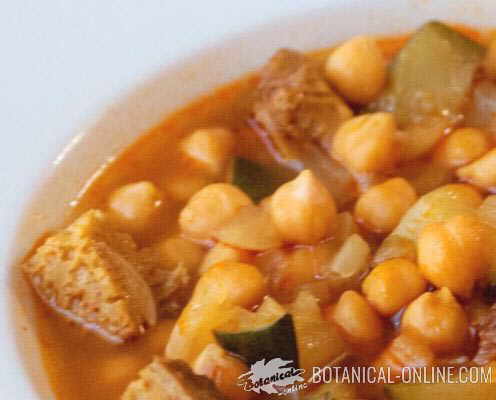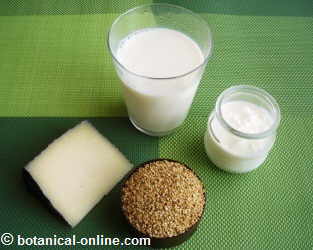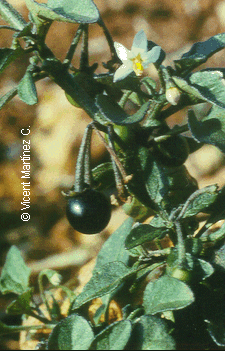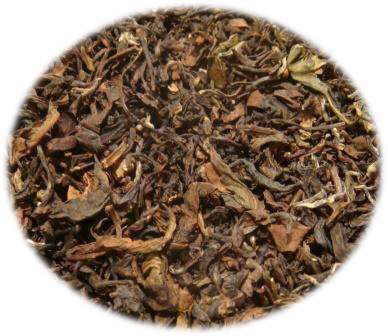Contents
Plum properties
What are plums?
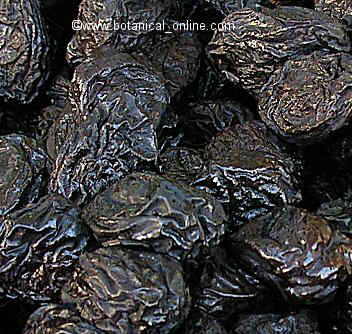
Plums are the fruits of the plum tree (Prunus subg. Prunus).
Plums have a rounded shape, with a thin and smooth skin, and has an intense bitter taste.
The color of the skin varies depending on the class, and can be yellow, green, orange with reddish tones, red almost purple or practically black.
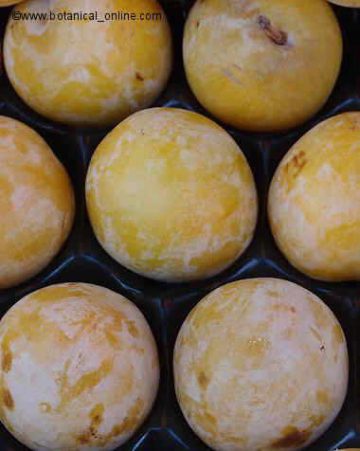
Inside, each plum contains an edible pulp with a very sweet flavor, which is of a color from soft yellow, intense yellow, soft green, orange or intense and dark purple red.
Its texture is smooth and fibrous. In the center of the fruit it has an oval stone, which is the seed of the fruit.
What do plums contain?
As a source of energy, 100 grams of plums provide us with 55 kilocalories.
Its proportion of nutrients is divided into:
- More than 85% is water.
- Around 0.6% fat.
- Close to 0.8% protein.
- More than 13% carbohydrates.
- 1.5% fiber.
From a mineral point of view, it is a fruit rich in potassium, phosphorus and magnesium, but it also contains calcium, iron, zinc, manganese and copper.
From a vitamin point of view, it is a fruit very rich in vitamin A, to a lesser extent, we see that it also contains vitamin C and small amounts of vitamin E and vitamins of group B.
Plum composition
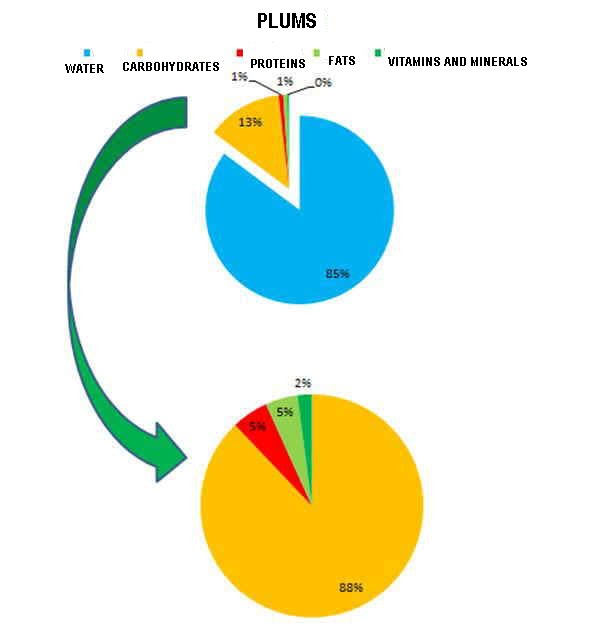
Benefits of plums
- It has a high water content that prevents us from becoming dehydrated.
- It gives us energy to have vitality during the day.
- It is a poor source of fat.
- It has a high content of sugars.
- It has a good fiber content.
- It helps us maintain correct brain functions, due to its content of phosphorus and group B vitamins.
- Because of its content in Vitamin B9, it helps us to grow properly.
- It helps us eliminate toxins from our body, due to its potassium content.
- It protects our skin and helps keep it healthy, because of its vitamin A content.
- It helps us against colds and heal wounds, due to its vitamin C content.
- It protects us from toxins and aging, due to its content of vitamins A, C and E.
![]() More information on plum
More information on plum

